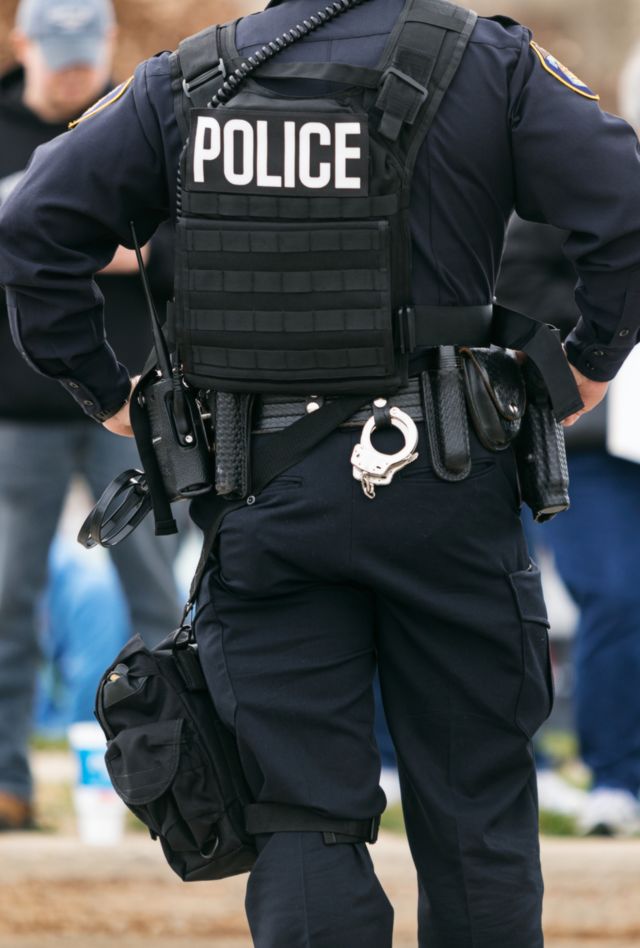Incident-Level Data of Police Use of Force

Problem
Understanding police use of force is limited by a lack of incident-level data across multiple law enforcement agencies.
Considerable media and public scrutiny have been brought in recent years to police officer-involved shooting (OIS)—both officers shooting at subjects and subjects shooting at officers—and use of force (UOF). Policymakers and researchers have renewed calls for higher-quality data to understand the nature and extent of these events. Several national surveys of UOF and OIS have been conducted but are limited by only having aggregate-level data. Incident-level data is needed to understand officer, subject, and situational characteristics that impact officer decision-making.
Studies that have collected incident-level data to date are limited to one or a few agencies at most and are outdated. Crowd-sourced media repositories of UOF lack scientific rigor and are limited to subject fatalities, and completely omit officer deaths. Thus, a large research gap exists in more recent and rigorously collected incident-level data on OIS, UOF, and violence against officers (VAO).
Solution
NORC collected harmonized, and analyzed incident-level UOF data across 26 agencies in 14 different states.
Our multi-method study included:
- Gathering incident-level data regarding UOF cases between 2015 and 2019
- Documenting review of UOF policies
- Conducting interviews with agency command staff
- Conducting interviews and focus groups with patrol officers involved in UOF incidents
Law Enforcement Agencies (LEA) were selected from those responding to the National Survey of Force Used During Police Encounters. Using the harmonized dataset, we compared incidents of different officer, subject, and situational characteristics from LEAs of various regions, types, and sizes.
We investigated three primary research questions:
- What are the nature and longitudinal trends of officers’ UOF across the 26 agencies?
- What are the individual, situational, agency, and community factors related to UOF?
- How do changes in agency policies and training play a role in changes in UOF incidents?
Result
Situational factors and agency policies both played a significant role in officers’ UOF decision-making.
Subjects’ demeanor and behaviors are the key influencers of officer UOF decision-making, suggesting that it is important for LEAs to collect detailed measures of suspects’ behaviors and demeanors to understand factors that determine officer choice of force. Findings highlight the importance of training and educating officers to accurately judge situations, assess risk, and understand the minimal level of force required to resolve a situation.
Specific populations and incident characteristics associated with increased risk of officer firearm use warrant further protection and particular attention during de-escalation attempts. Agency policies play an important role in officers’ behavior independent of situational factors, suggesting the importance for agencies to regularly examine and update their UOF policies. Civilian injury may be reduced through increased use of chemical agents and decreased use of canines, relative to other less lethal and lethal force.
Related Tags
Project Leads
-
Weiwei Liu
Principal Research ScientistCo-Principal Investigator -
Bruce Taylor
Senior FellowCo-Principal Investigator








